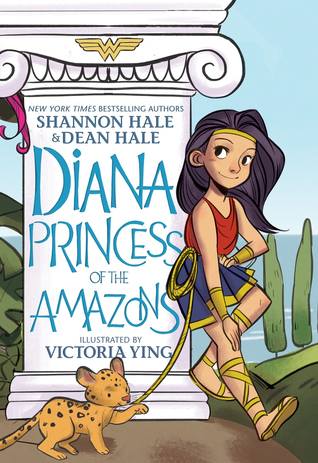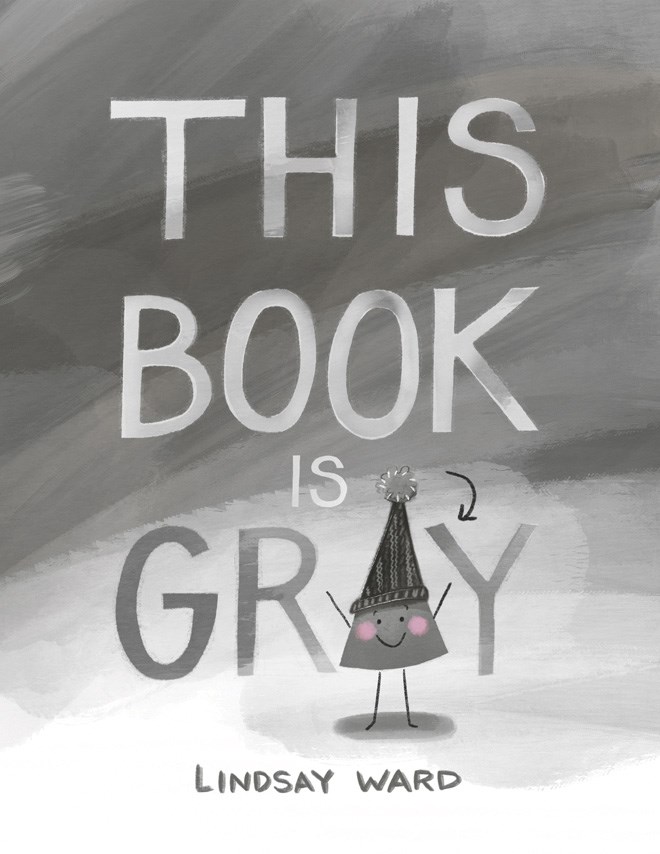
Zatanna would love to be a magician, like her dad. Then maybe things wouldn’t be so difficult with the kids at school, who don’t think she’s cool enough to hang around with. One fateful day several things happen in a row: Zatanna gets mad at some boys being mean to her and turns their skin red; her dad disappears; a Witch Queen appears; and suddenly Zatanna is not sure at all about who has powers and who doesn’t.
Zatanna and the House of Secrets by Matthew Cody and Yoshi Yoshitani is a graphic novel full of twists and turns and adventure. Once Zatanna discovers a strange set of circumstances, she has to figure out how to solve the dangers coming her way if she wants to save her dad. She also makes a discovery about her long-dead mom, the mystery of the house where she lives, and finds an unexpected ally. The graphics are appealing and fun to look at and the story moves along at a fast clip. I recommend it for readers aged 9 to 13.
The publisher provided me with a copy of this title in exchange for my honest review.








